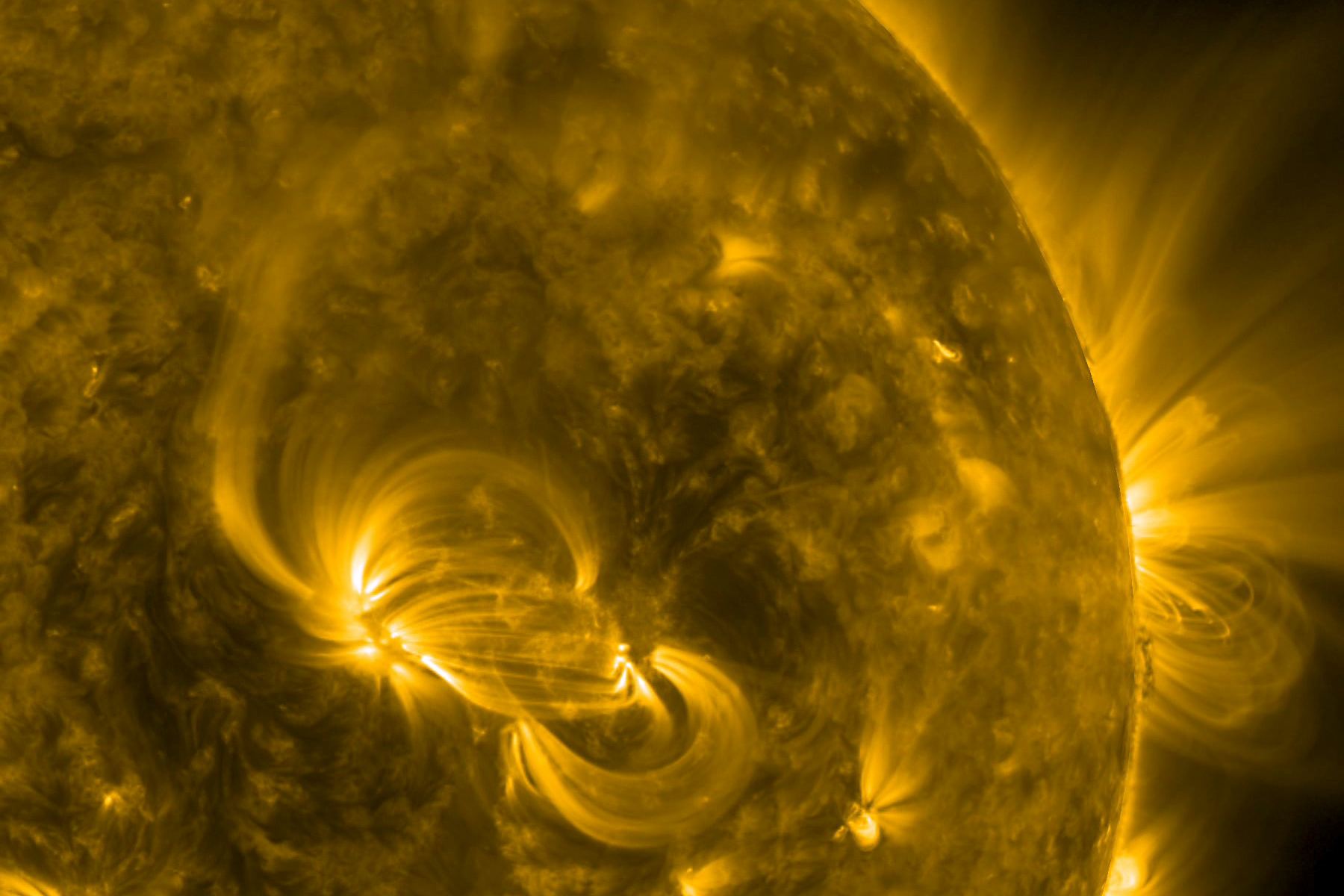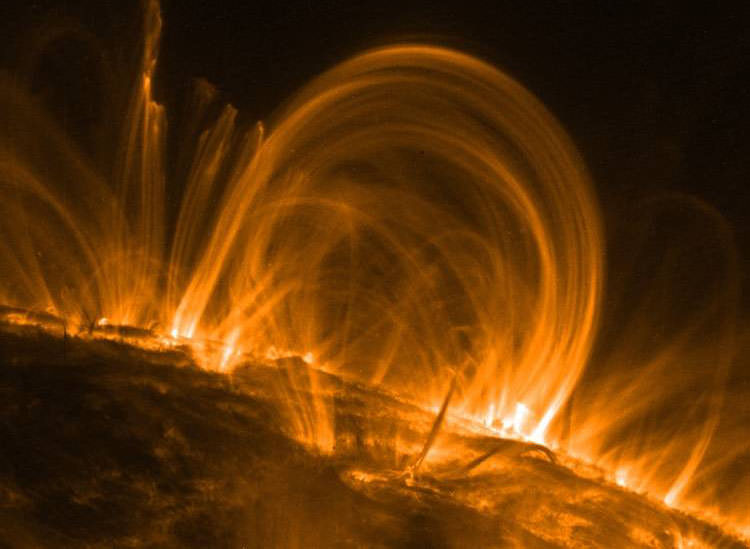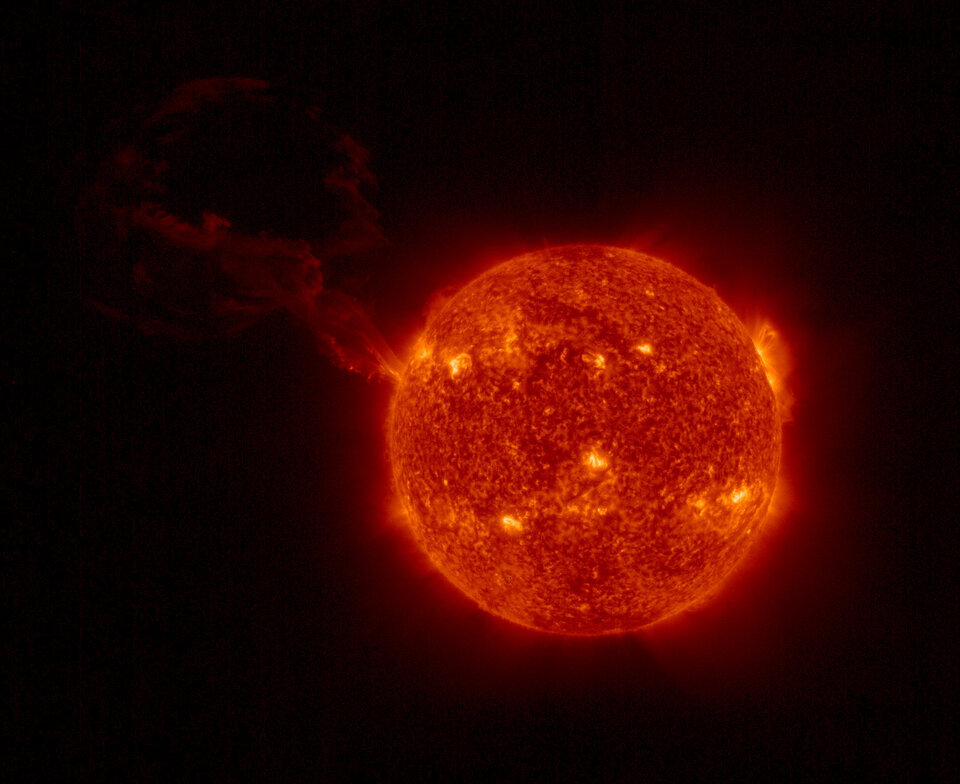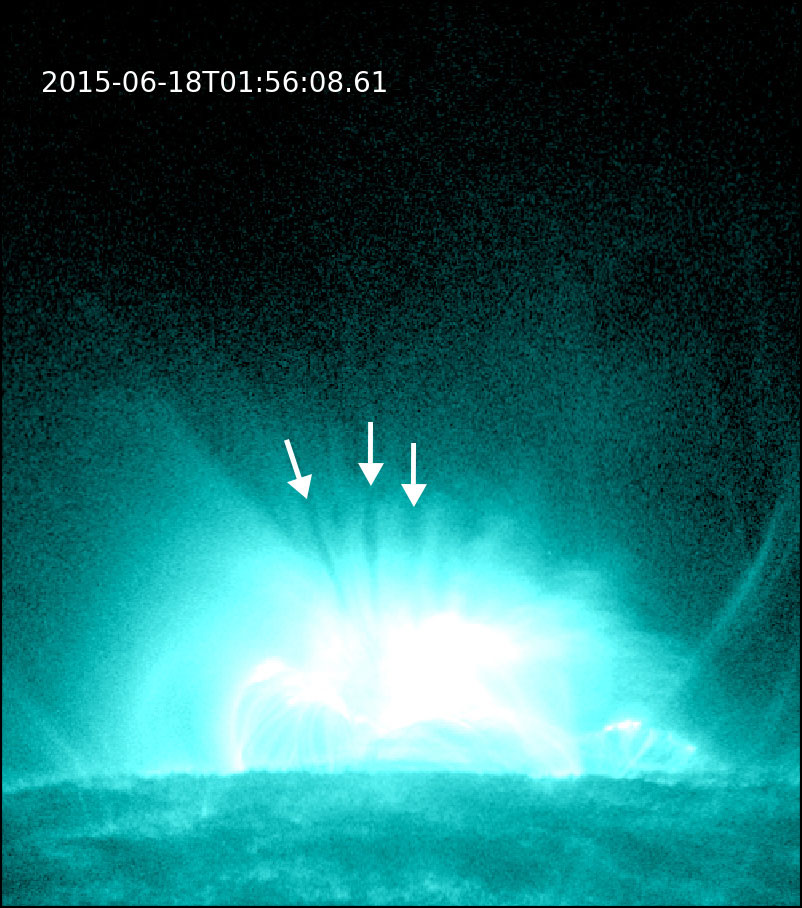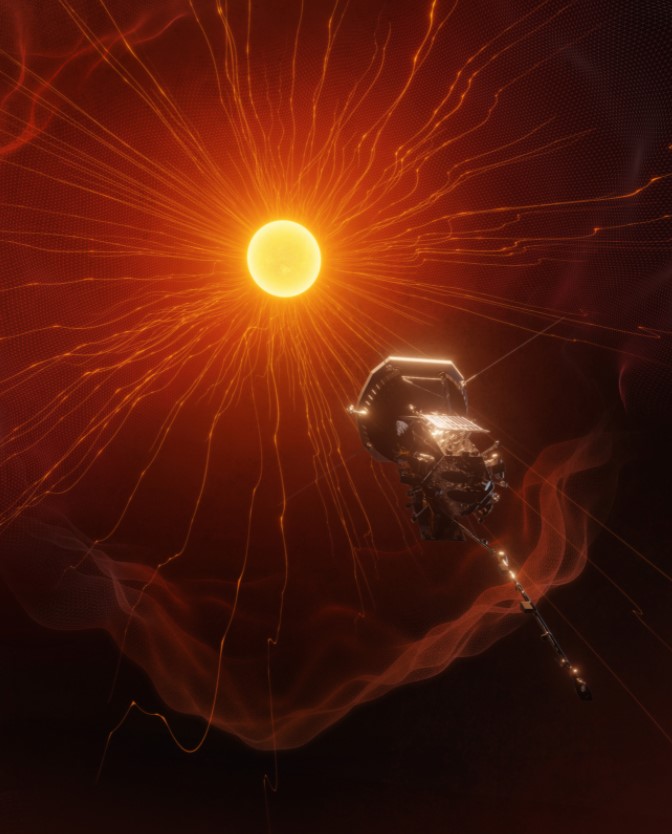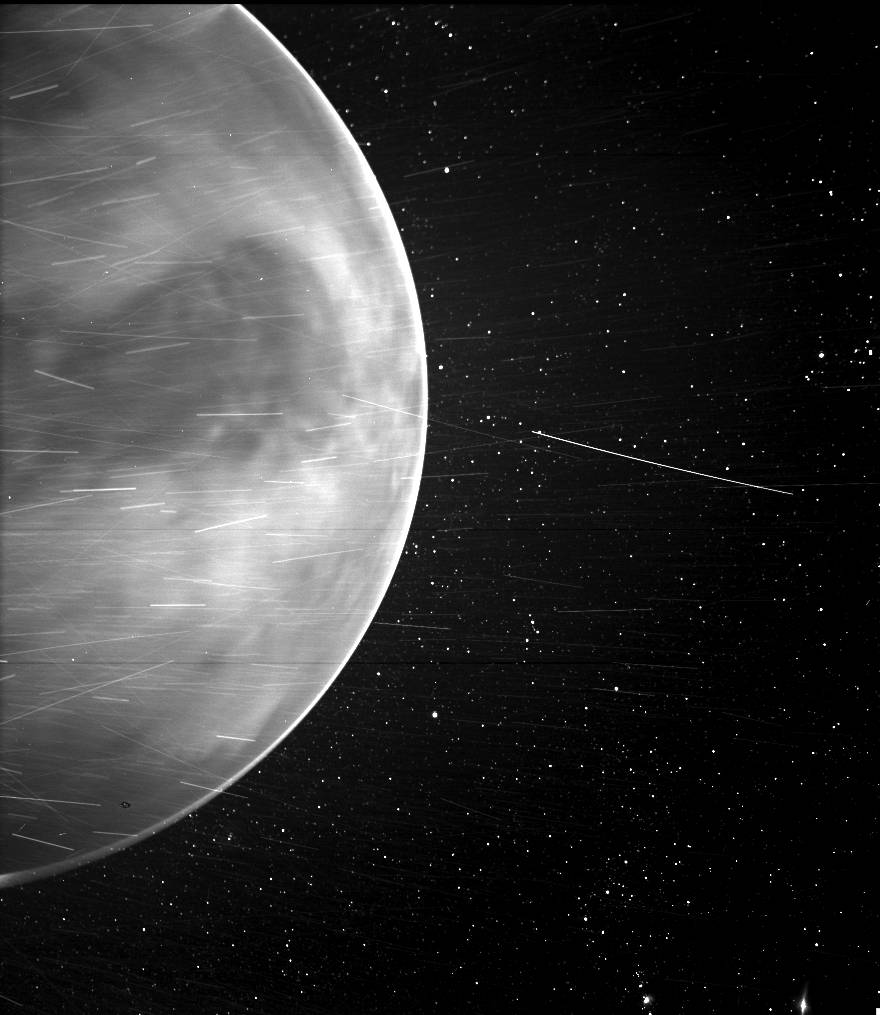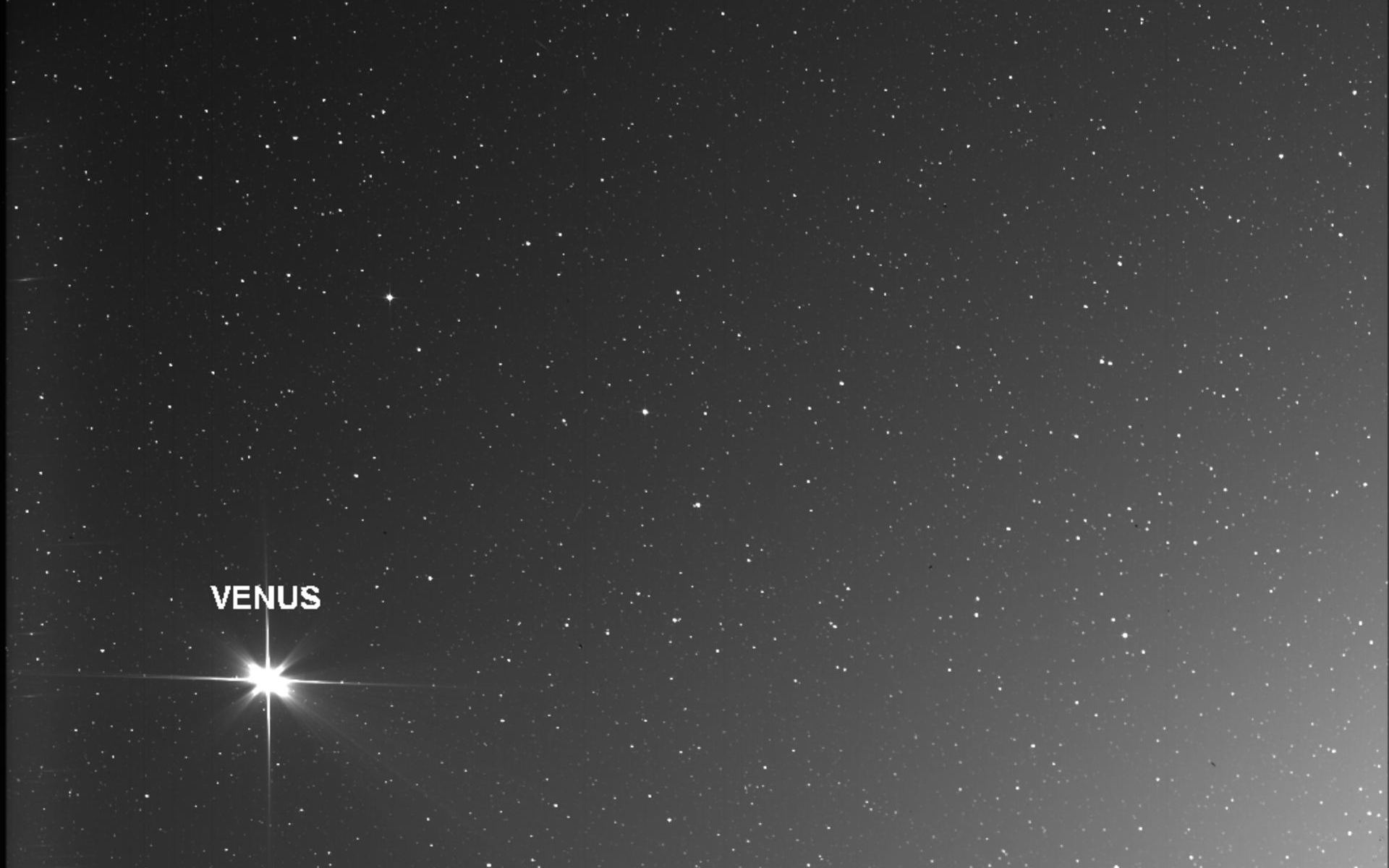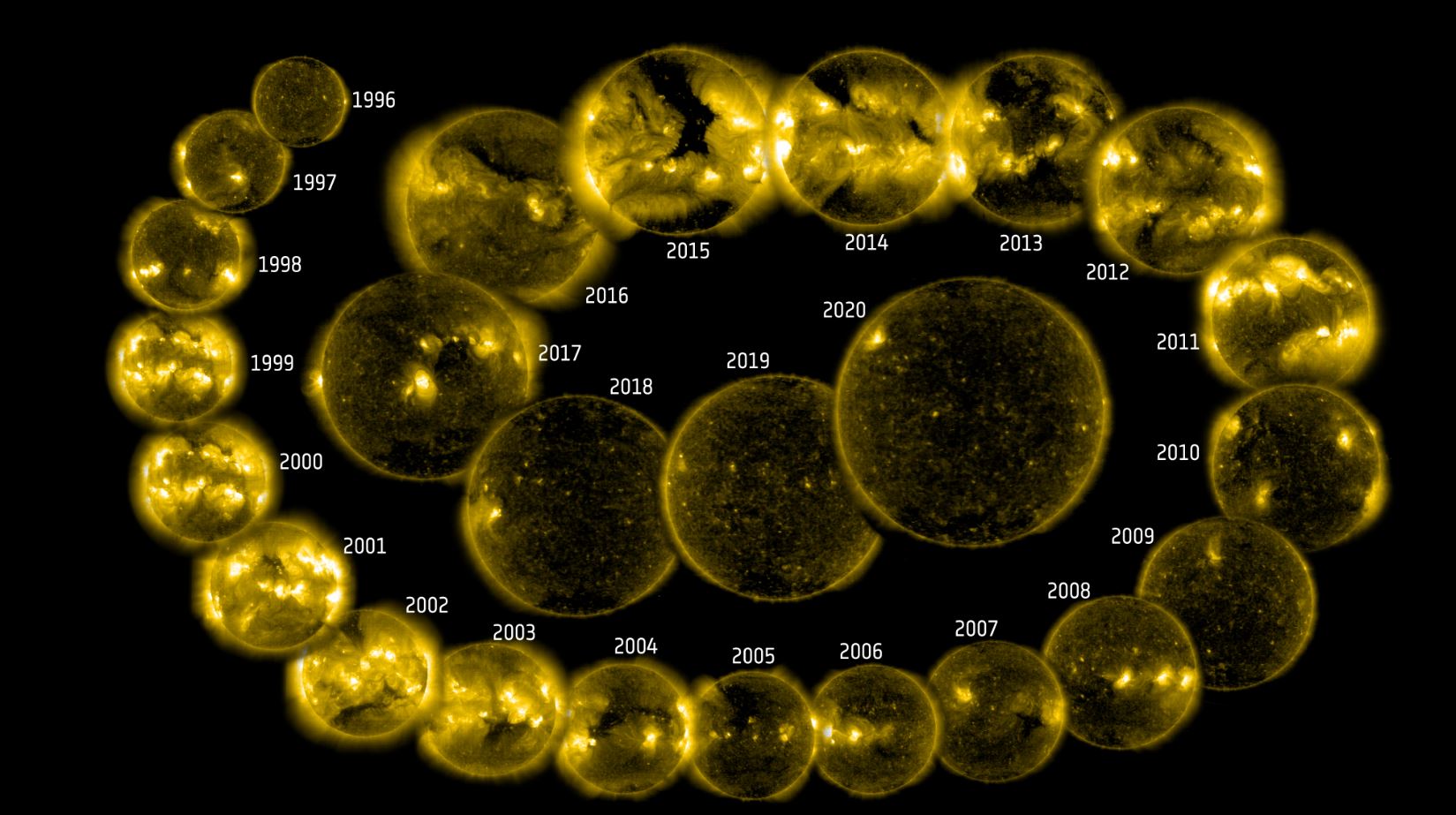On March 25, 2022, the ESA/NASA Solar Orbiter spacecraft closed in on the Sun, getting ready to study it during a flyby. Its Metis coronagraph instrument, which blocks out the Sun so the spacecraft can study its outer atmosphere, recorded an image of something strange: a distorted, S-shaped “kink” in a small area of plasma flowing from the Sun. It was a magnetic solar switchback.
Continue reading “Solar Orbiter Captures the First Ever Image of a Magnetic Solar Switchback on the Sun”Solar Orbiter Captures the First Ever Image of a Magnetic Solar Switchback on the Sun
